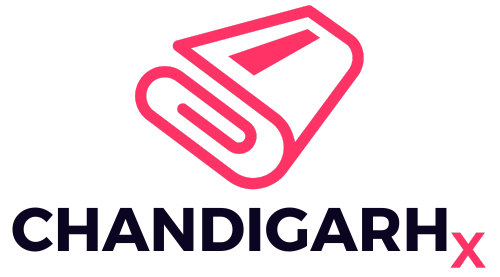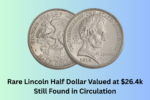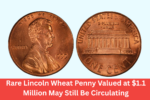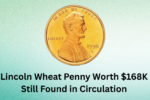It’s one of the great dreams of coin collectors and a lucky accident for the average person: finding a rare coin in your pocket change. For collectors of U.S. coins, few treasures spark more excitement than the Lincoln Wheat Penny, especially the elusive and valuable variants that can fetch up to $150,000 or more at auction.
Despite being out of official production since 1958, some of these rare coins are still circulating, quietly tucked away in old jars, piggy banks, or even showing up in your spare change. But what makes a penny worth more than a luxury car? It all comes down to rarity, condition, and historical error.
What Is the Lincoln Wheat Penny?
The Lincoln Wheat Penny, also known as the “Wheat Cent,” was minted by the United States from 1909 to 1958. It was the first U.S. coin to feature the likeness of a real person President Abraham Lincoln in honor of his 100th birthday. The reverse design includes two stylized wheat stalks framing the words “ONE CENT” and “UNITED STATES OF AMERICA.”
For nearly 50 years, this penny was part of everyday American life, until it was replaced by the Lincoln Memorial design in 1959. Though millions were produced, a few rare editions have become exceptionally valuable over time.
The Pennies Worth a Fortune
1. 1943 Bronze Wheat Penny
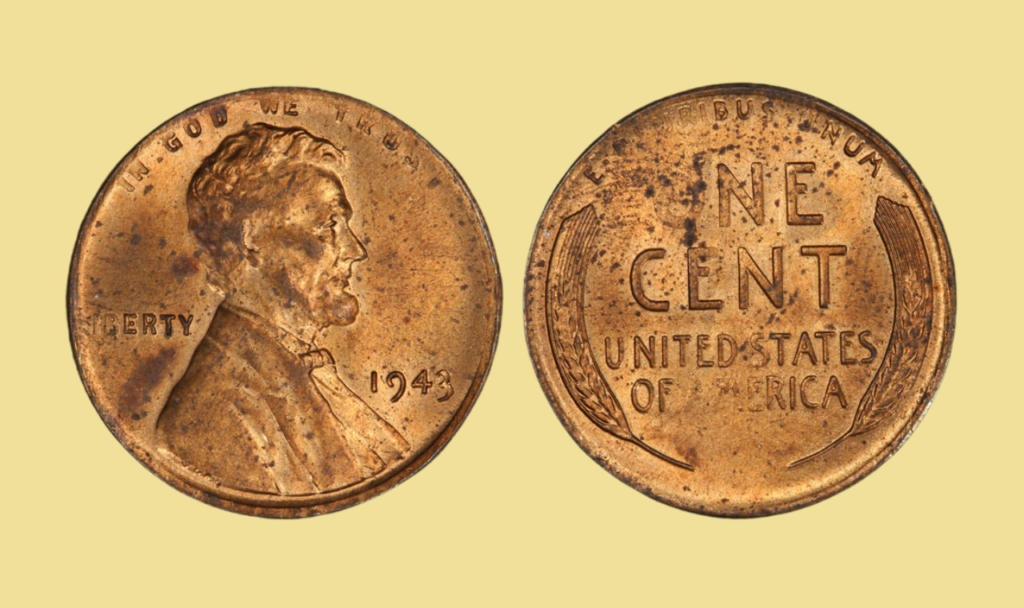
During World War II, copper was needed for the war effort, so the U.S. Mint began producing pennies out of zinc-coated steel in 1943. However, a small number of pennies were mistakenly struck using leftover bronze planchets.
These error coins are among the most valuable Lincoln cents ever made, with some selling for over $300,000 at auction. In one famous case, a 1943 bronze cent sold for $336,000 through Heritage Auctions.
If you suspect you’ve found a 1943 penny that doesn’t stick to a magnet, it might be worth having it authenticated by a grading service like the Professional Coin Grading Service (PCGS).
2. 1909-S VDB Penny
This penny is considered the “holy grail” of the Wheat Cent series. It was minted in San Francisco in limited quantities only about 484,000 pieces and features the initials “VDB” for Victor David Brenner, the designer.
Due to public backlash over the initials’ prominence, they were quickly removed, making the 1909-S VDB variety exceptionally rare. Depending on the condition, these coins can easily sell for $1,000 to $50,000 or more.
You can verify mintage data for historic U.S. coins through the official U.S. Mint Coin Specifications.
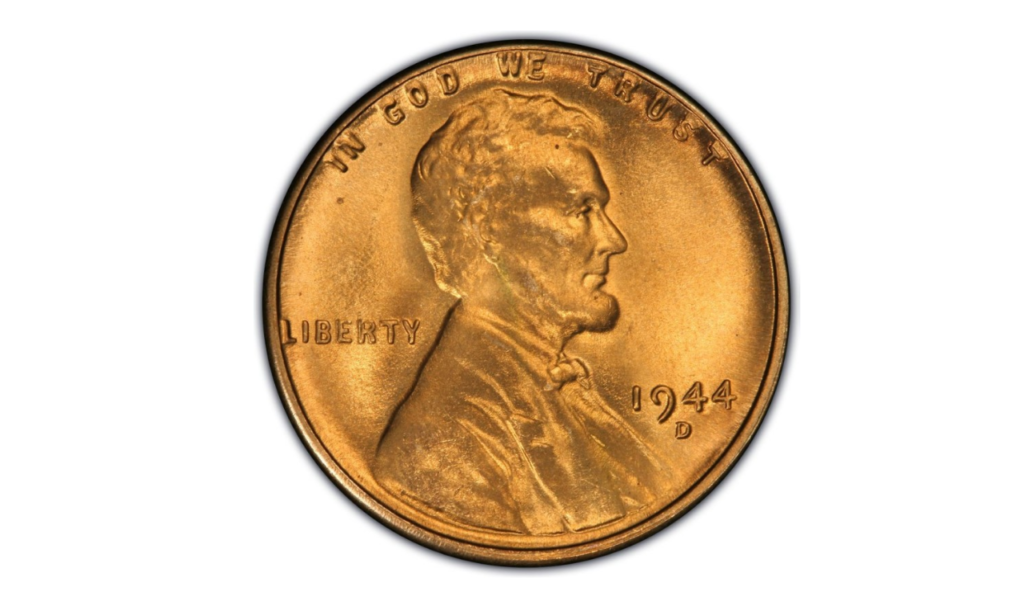
3. 1955 Double Die Obverse
This famous error coin is easy to spot if you look closely. The 1955 Double Die Penny shows distinct doubling in the date and inscriptions like “LIBERTY” and “IN GOD WE TRUST.”
Only about 20,000 to 24,000 of these pennies made it into circulation before the error was caught. Today, they can fetch between $1,000 and $15,000, depending on the condition.
Still in Circulation?
While the odds of finding one of these valuable coins in your pocket change are slim, it’s not impossible. Countless Lincoln Wheat Pennies are still circulating or stored away in households, particularly from the post-War era when coin collecting became a national hobby.
Some of the more common wheat pennies those from the 1940s and 1950s are still worth more than face value, often 5 to 25 cents each, depending on condition.
The U.S. Treasury and Federal Reserve do not actively remove older coins from circulation unless they are badly damaged, which means there’s still a chance for collectors or lucky finders to stumble upon one of these historical rarities.
What to Do If You Find One
If you come across a Lincoln Wheat Penny, especially from one of the key years listed above, consider these steps:
- Do not clean it. Cleaning a coin can significantly reduce its value.
- Check the year and mint mark. Look for indicators like the “S” mint mark (San Francisco), doubling in text, or unusual color (in the case of bronze).
- Use a magnet. If your 1943 penny sticks to a magnet, it’s steel. If not, it could be a rare bronze variant.
- Get a professional opinion. Services like NGC (Numismatic Guaranty Company) or PCGS offer authentication and grading.
Final Thoughts
The Lincoln Wheat Penny is more than just spare change it’s a piece of American history. While most are worth only a few cents, a small handful are worth a fortune. Whether you’re a seasoned collector or just curious about the coins in your drawer, it’s always worth keeping an eye out for these humble but potentially $150,000 treasures.
So next time you’re handed a penny, don’t just drop it in the tip jar flip it over and check the date. You just might be holding a small fortune.
FAQ,s
Which Lincoln Wheat Pennies are worth the most?
The most valuable include the 1943 Bronze Penny (up to $336,000), the 1909-S VDB (up to $50,000), and the 1955 Double Die Obverse (up to $15,000). Their worth is based on rarity, errors, and condition.
How can I tell if my 1943 penny is the rare bronze version?
Try the magnet test. A regular 1943 steel penny will stick to a magnet, while a rare bronze one will not. If it doesn’t stick, have it professionally authenticated.
What does “VDB” stand for on a penny?
VDB” are the initials of Victor David Brenner, the original designer of the Lincoln cent. The 1909-S VDB is rare because only a limited number were minted before the initials were removed due to controversy.
Are Wheat Pennies still in circulation today?
Yes—though rarely. Many are still stored in old jars or show up in coin rolls from banks. Some from the 1940s and 1950s are common and worth a few cents to collectors.

Pankaj Kumar is a journalist at Chandigarh X, covering admit cards, recruitment, and government schemes. His articles provide readers with detailed insights into application processes, eligibility, and exam updates.
Outside of work, Pankaj enjoys traveling, fitness, and cricket, often participating in local matches on weekends.
